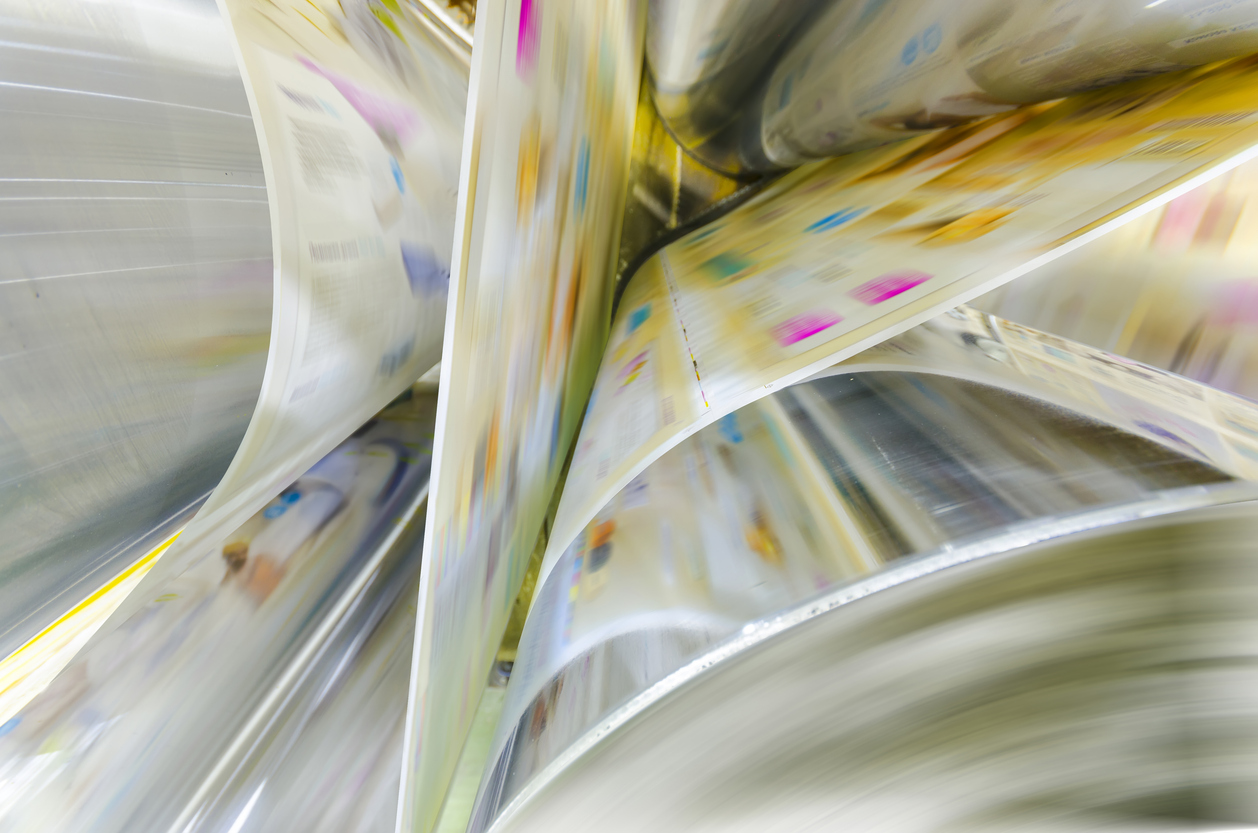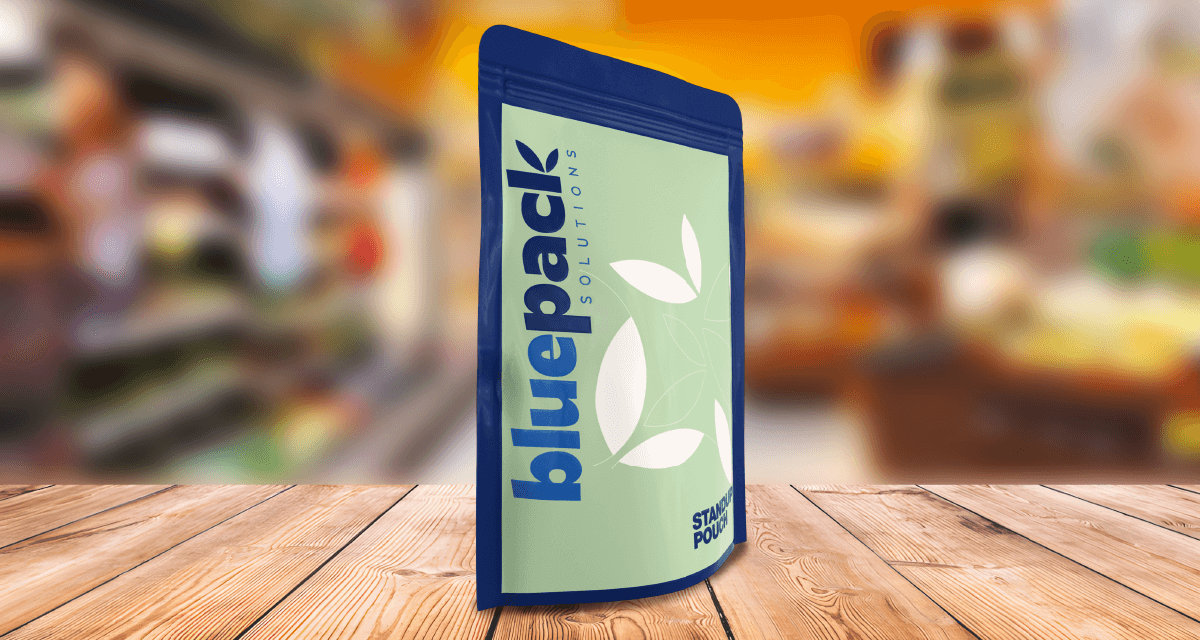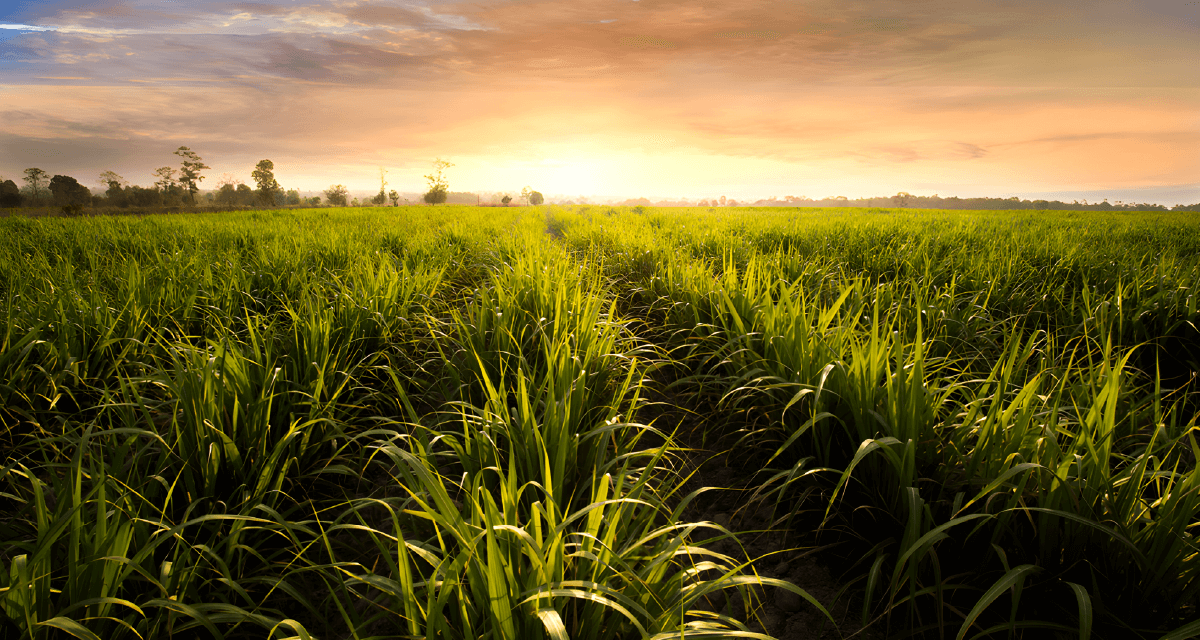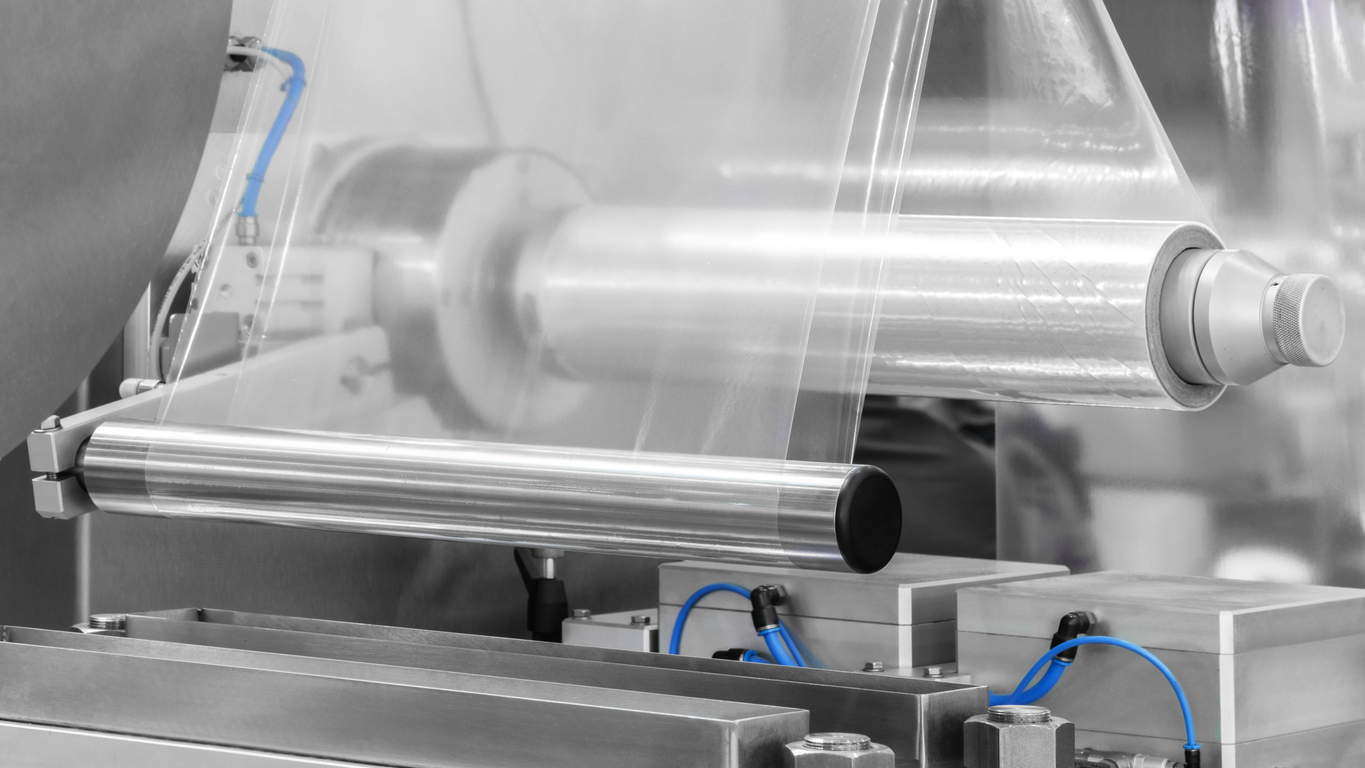Recyclable retortable pouches represent a new generation of flexible packaging…

Rotogravure vs. Flexographic Printing: Which One Is Right for Flexible Packaging?
Choosing between rotogravure and flexographic printing in flexible packaging depends on several factors, including print quality, production volume, budget, and substrate type. Here’s a breakdown of the main differences and when to choose each.
1. Rotogravure Printing
🛠️ How It Works
Ink is held in engraved cells on a metal cylinder and transferred to the substrate under pressure.
✅ Rotogravure Advantages
- Superior print quality: High-resolution printing with fine detail, smooth gradients, and exceptional sharpness.
- Color consistency: Excellent repeatability across long runs with minimal color variation.
- Substrate versatility: Ideal for plastic films such as BOPP, PET, PE, and others.
- Durability: Engraved cylinders are long-lasting and suitable for high-volume production.
❌ Disadvantages
- High initial cost: Cylinder engraving is expensive, making it less practical for short runs.
- Longer setup times: Requires more time to adjust and switch designs.
2. Flexographic Printing
🛠️ How It Works
Uses flexible photopolymer plates mounted on rollers. Ink is transferred directly onto the substrate through contact.
✅ Flexo Advantages
- Lower initial cost: Plates are cheaper to produce than rotogravure cylinders.
- Faster changeovers: Easier design changes and quicker setup.
- Efficient for short to medium runs: Ideal for brands with frequent design rotations.
- Lower ink usage: Typically consumes less ink, reducing operating costs.
- Sustainability: Compatible with water-based inks, which are less polluting than solvent-based inks used in rotogravure.
❌ Disadvantages
- Lower image quality: Less precise with fine details and gradients compared to rotogravure.
- Color consistency issues: Solid color areas may show variations between runs.
- Shorter plate lifespan: Flexo plates wear faster than rotogravure cylinders.
🧩 Which One Should You Choose for Flexible Packaging?
| Need | Best Option |
| Premium print quality and long runs | ✅ Rotogravure |
| Lower cost, flexibility, and quick design changes | ✅ Flexography |
| Complex graphics for high-end packaging | ✅ Rotogravure |
| Medium runs with recurring SKUs | ✅ Flexography |
🧠 Final Thoughts
While both technologies have evolved, flexo printing has greatly improved with high-definition plates and anilox rollers. Still, rotogravure remains the gold standard for premium, high-volume flexible packaging.
💬 Need help choosing the best printing method for your packaging?
Contact Blue Pack Solutions – Smarter Packaging, Sustainable Solutions.



